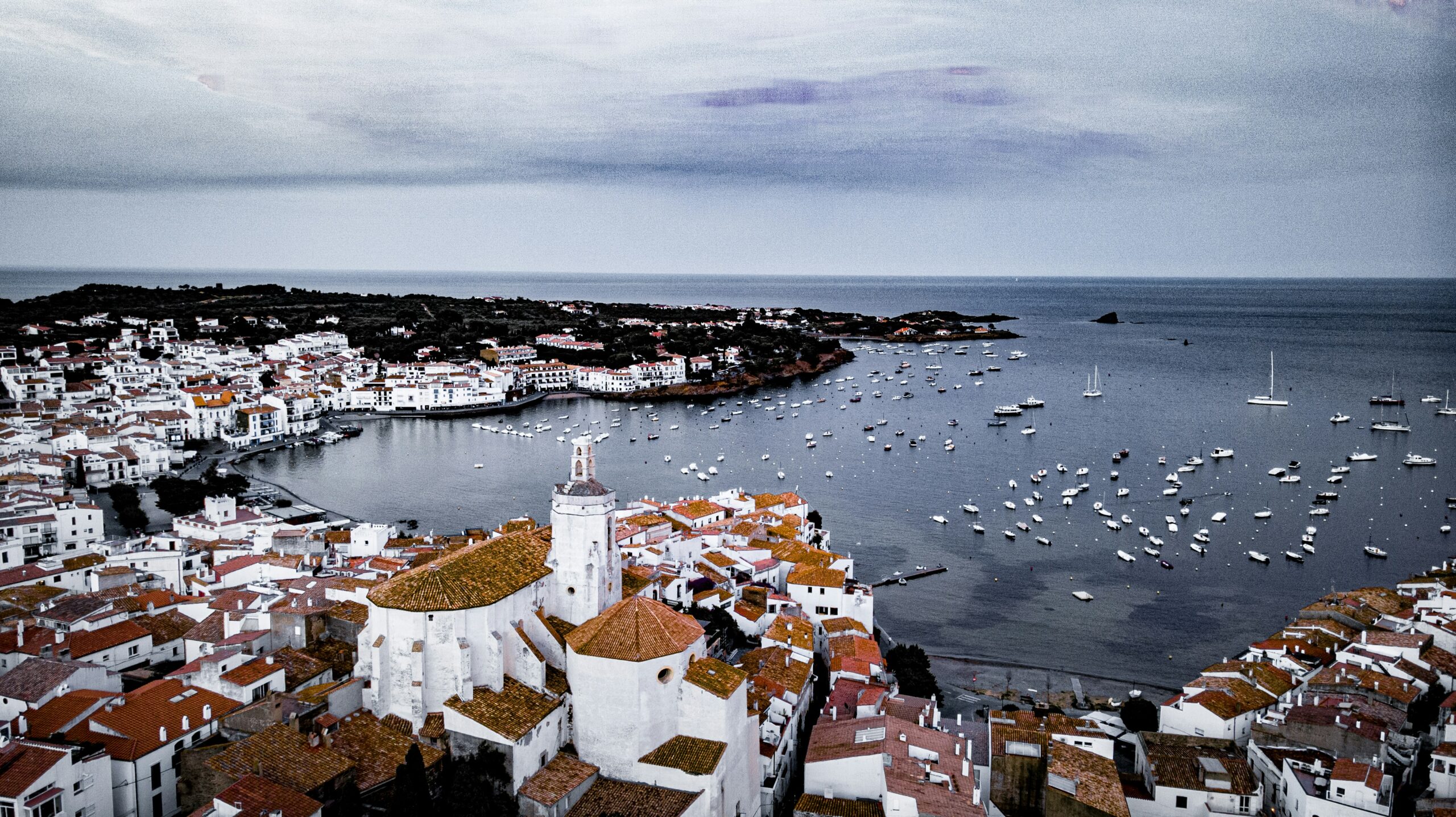The coast is the confluence point where oceans, land and atmosphere meet and interact dynamically, exchanging energy and material. Different natural processes in this environment are often interlinked in various degrees but also the human impact is a major influence.
In the context of a global-change world, coastal systems have been the focus of interest in the last decades, as healthy coastal ecosystems (marshes, mangrove, seagrass meadows amongst others) behave like a protecting physical barrier and provide a carbon sequestering mechanism that contributes to climate-change mitigation. This so-called “blue carbon” sink is thought to be more efficient than terrestrial forests. The study of these systems is crucial in order to take advantage of this so-called “negative emission technology”.
The input of submarine fresh waters into the ocean, though negligible at global scale, can be an important contribution in terms of matter to coastal systems on a local scale, provides important fluxes of nutrients, carbon and metals to coastal waters, and constitutes an essential part of biogeochemical budgets.

Photo by: @cvzzn @Unsplash
Research Lines
Related publications
link
link
link




